Knights are usually supposed to save the world, right? Well, someone forgot to send a raven to Rusty, the accident-prone star of Sky9 Games’ A Knight’s Quest.
While out spelunking in a convenient tutorial-cave one day, Rusty stumbles upon a talking chest sitting next to a not-ominous-at-all purple crystal holding a strange being inside it.
He opens said chest and triggers a chain of events unleashing the crystal’s power that will ultimately destroy the world in a powerful magical burst if nothing is done about it. Whoops.
A Knight’s Quest has a promising premise. It combines that sense of quirky humor with gameplay that’s more than obviously inspired by The Legend of Zelda. It even adds a dash of ’90s 3D platforming for added vigor. But unfortunately, the result is something that’s not as good as it could be.
A Knight’s Quest Review: Errant Knight
Now that Rusty has unleashed doom upon the world, he and his long-suffering friend Valy kindly take it upon themselves to put things right. To do that, they’ll need the power of the three Guardians of legend, who happen to be associated with the elements each on which the world’s central regions are based.
Rusty must journey across the land, solving puzzles and investigating ancient ruins along the way, because that’s what you do on adventures.
You’ll uncover a range of power-ups and new gear that enhance Rusty’s battle and exploration abilities, including the ability to use Rusty’s unique metal arm for magic. (Don’t all knights have magic metal arms?)
From the themed areas to the sort-of open world (“sort-of” because parts of it are literally behind gates), its gadgets and magic, and Metroid-vanianess, it’s not difficult to see how A Knight’s Quest tries to include Zelda throughout its adventure.
And that’s kind of a problem in several ways.
It feels too much like a Zelda game to be unique on its own. The first dungeon is even forest-themed (Ocarina of Time), grants you the ability to create wind gusts (Gale Boomerang), and builds its puzzles around spinny devices (Twilight Princess). Part of your goal is even to venture deeper into the temple/dungeon to rescue a creature mobbed by some evil force. No, it’s not a monkey, but it may as well be.
Some inspiration is perfectly fine since most art is derivative to an extent anyway. But when you’re routinely thinking, “Wow, this is…almost exactly like X,” it starts to seem like the game is trying too hard to be something else without doing anything except adding a sense of quirk.
Unfortunately, A Knight’s Quest doesn’t borrow Zelda‘s more admirable qualities along the way.
Puzzles don’t quite reach the “mind-bending” level they’re meant to. Some, like pushing “X number of blocks” along a very straight path with no alternatives and no real reason, are relics of a bygone era, tedious without offering any sense of fulfillment after you finish.
Many are sequence-based, figuring out which device to activate in what order and others involve platforming or using Rusty’s unique wall-running ability to get to a certain point before a timer runs out. There’s nothing wrong with these, though the timing on some does occasionally seem a bit off. There’s just nothing particularly noteworthy about them.
The open-ish world does look lovely; there’s no denying that. The cartoon style is used to great effect in every area, from over-exaggerated character designs to some rich and lush environments.
Expect to see a lot of these environments, too, because you’ll spend a good deal of your time getting lost. Alas, A Knight’s Quest borrowed Xenoblade Chronicles 2‘s obfuscated map system instead of Breath of the Wild’s detailed one.
You get a bar that shows dots related to story and side quests, but absolutely no detail about where these essential points might be or how to get there. The dungeons are mostly straightforward enough to where this isn’t an issue. On the world map, though, it eventually forces you to choose whether you really want to try and find this possibly unnecessary event or if you just want to push forward and save time and effort.
Combat also borrows heavily from Zelda and is a curious mix of broken and trying to break you with no happy medium.
Rusty’s primary weapon is a sword, of course, and he gets a shield and some other perks as well. Enemies mostly don’t do anything when you attack them, which lets you keep spamming your basic attacks before dodging when they try and land a hit, then continuing until they are no more. Some stronger enemies break this pattern by attacking after you land five or six hits, but it’s basically the same throughout.
You’re encouraged to use a charge attack and some other combat methods, but these aren’t really worthwhile. You can’t move around while charging your sword, and getting hit breaks your charge. However, it doesn’t charge fast enough to where you can pull a charge attack off without getting hit in most cases.
Magic stuns foes, but for such a short time that it’s basically useless. They’ve recovered and then attack you before you can pull your sword out and try to take advantage of their stunned state.
That brings us to another issue that can’t really be ignored. A Knight’s Quest suffers from a slew of technical problems, big and small. Sometimes, actions, like casting magic or charging the sword, are unresponsive. Jumps are a bit random in their breadth as well, sometimes going further or higher than others, sometimes being a bit floatier, and occasionally drifting when you land.
A few animations don’t work quite as they should either. If Rusty rolls into an out of bounds area, mostly in the water, the animation that plays should be “drowned Rusty” — except he floats up for several seconds longer than he should. I’ve heard this is game-breaking for some, where Rusty ends up in an endless respawn of death, but it didn’t happen to me. Dogs have a habit of running backwards, too.
The game’s lighting effects are quite good for the most part, but in several places, the realism is a tad too effective; it’s so dark you can’t actually see around you. And there are a few times when it randomly goes dark even when there are plenty of light sources.
A Knight’s Quest Review — The Bottom Line
Pros:
- Some genuinely funny moments
- Lighthearted poke at the genre
- Lush visuals
Cons:
- Too derivative
- Not enough puzzle variety or depth
- Technical issues — lots of ’em
- Combat needs adjustments
- Desperately needs a better navigation system
One thing A Knight’s Quest has in abundance is heart, though. It’s evident the developers worked hard to give the game a unique visual style and buoyant spirit, and it pays off throughout the adventure.
Even with its shortcomings, tedious sections, and bugs, the game’s infectious spirit made me want to keep playing to see how Rusty’s adventure unfolds. That spirit is the strength I wish Sky9 had played to throughout because it could have given A Knight’s Quest a stronger identity, even with the technical issues.
The flaws in A Knight’s Quest are things you’d find in most 3D platform and adventure games from days gone by. If that’s not really an issue for you, then you’ll probably enjoy your time with Rusty, even if it does seem too familiar.
If not, the issues holding it back, lack of depth, annoying navigation, and the missed opportunity to create an identity for itself make A Knight’s Quest difficult to recommend, which is unfortunate, because it could have been so much more.
[Note: A copy of A Knight’s Quest was provided by Curve Digital for the purpose of this review.]

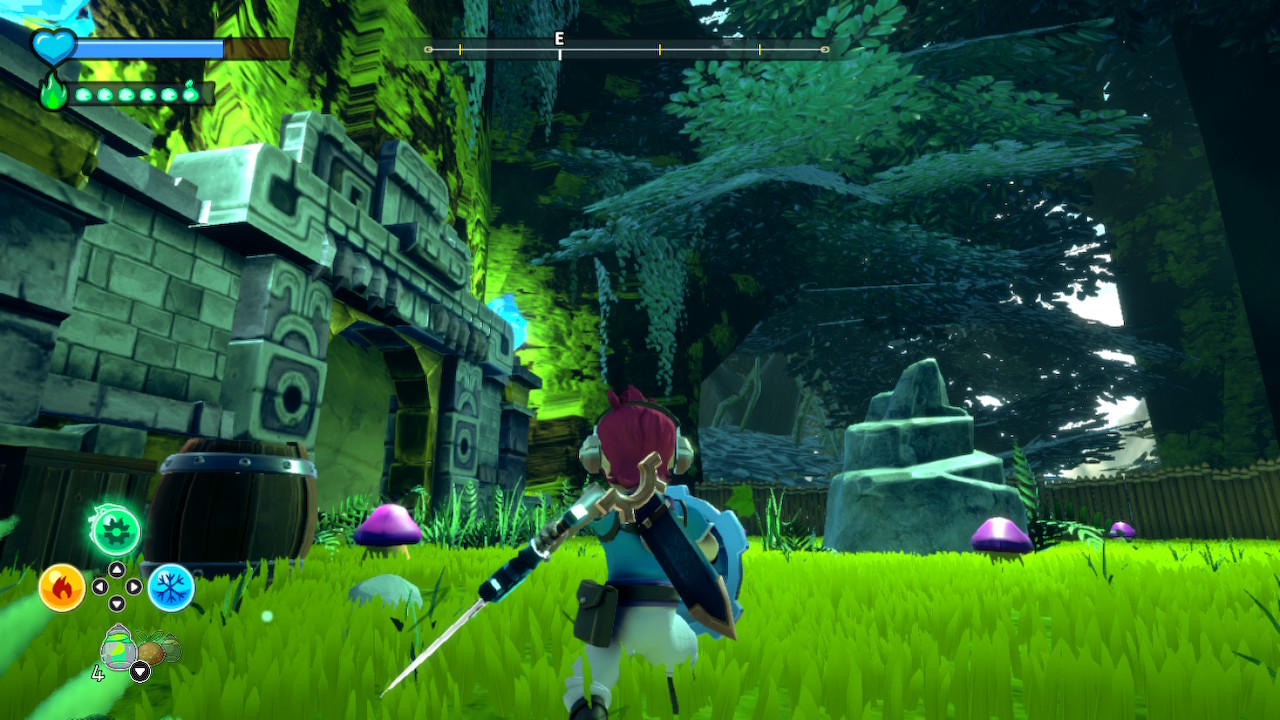

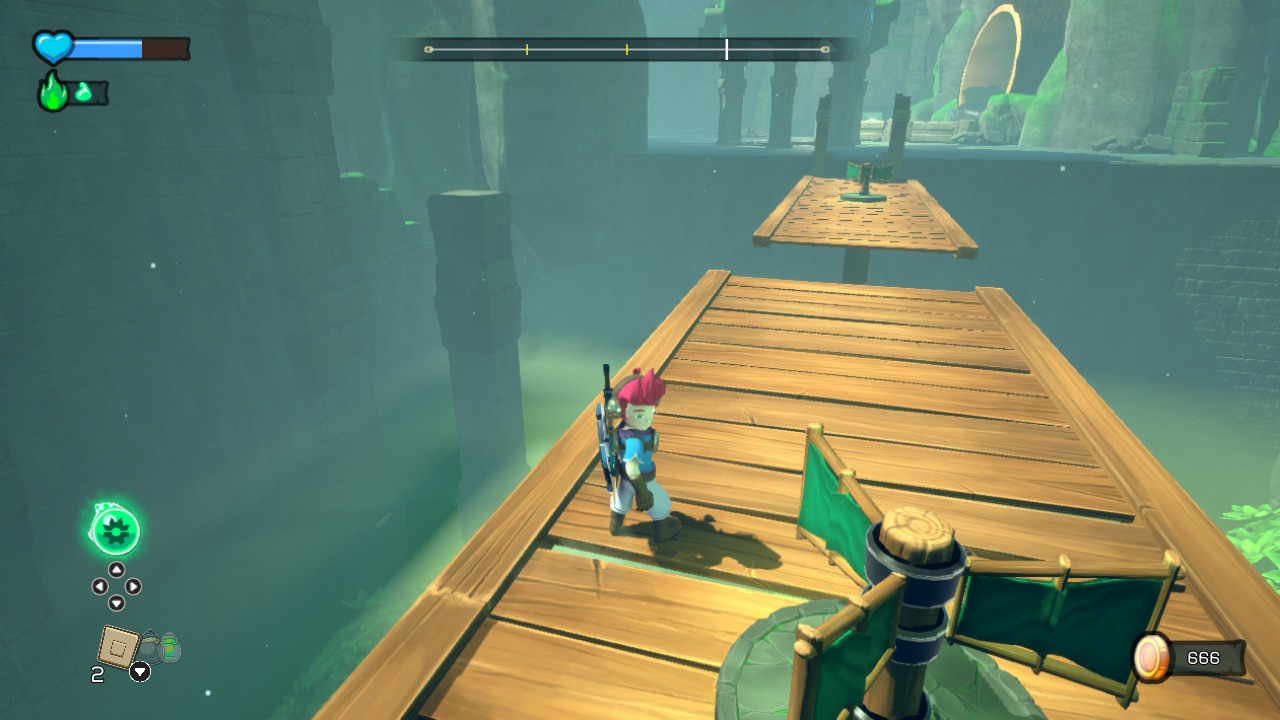
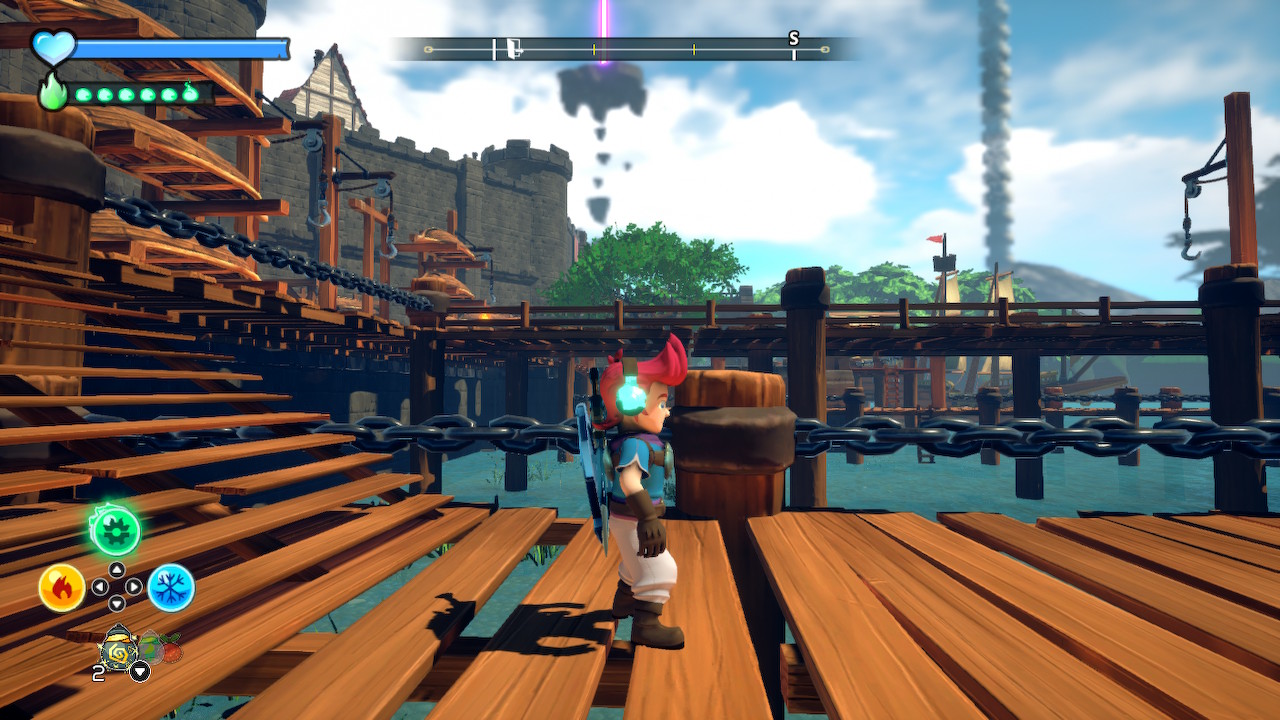
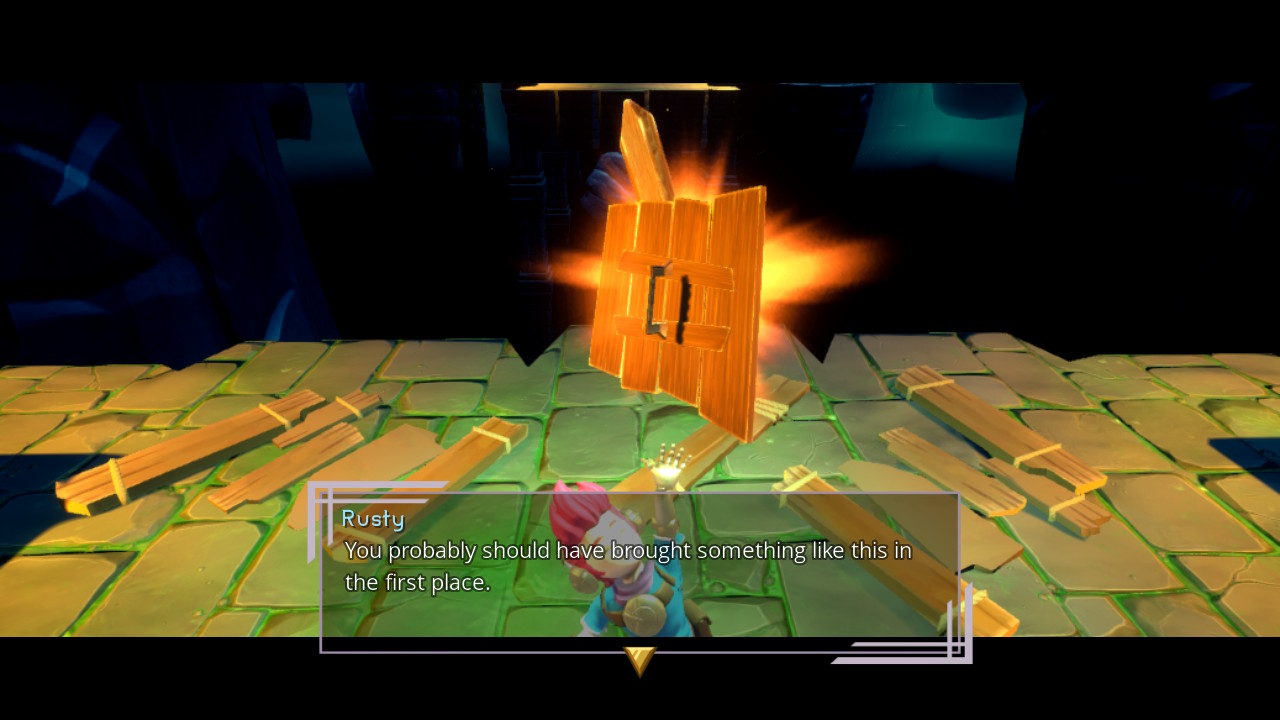
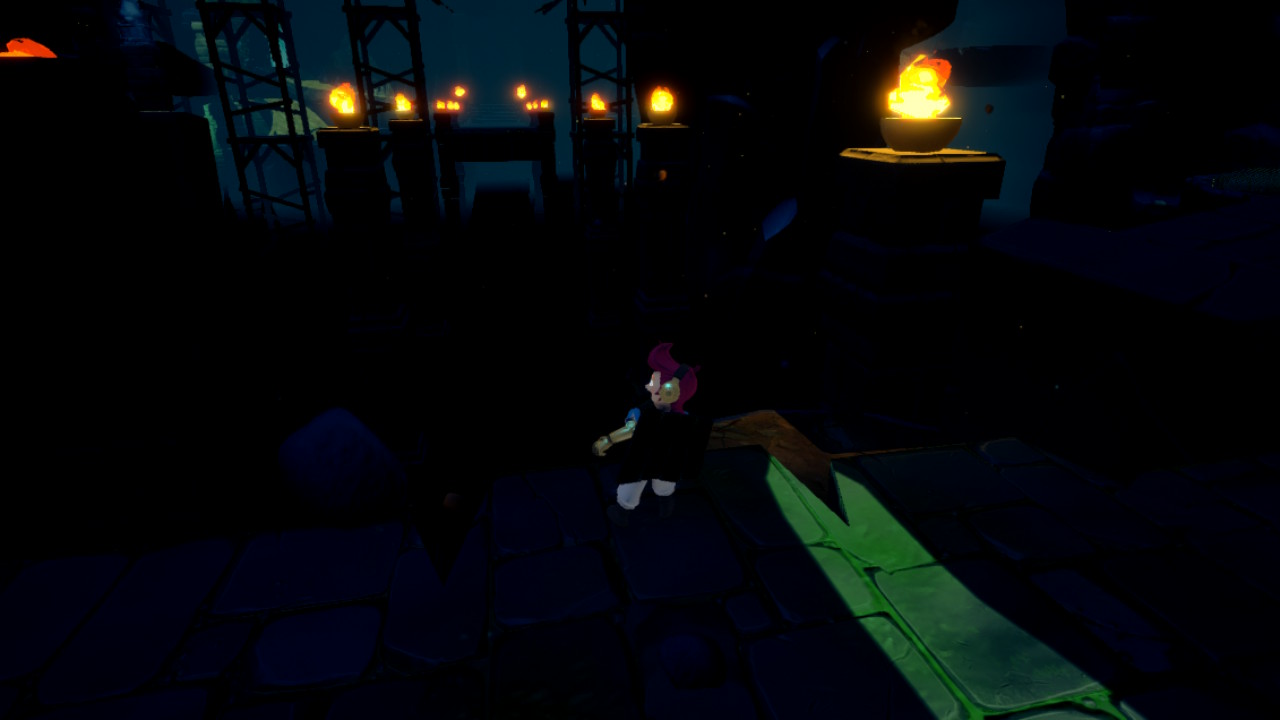








Published: Oct 16, 2019 02:26 pm